The Scientific Basis for the Destruction of Sodom and Gomorrah
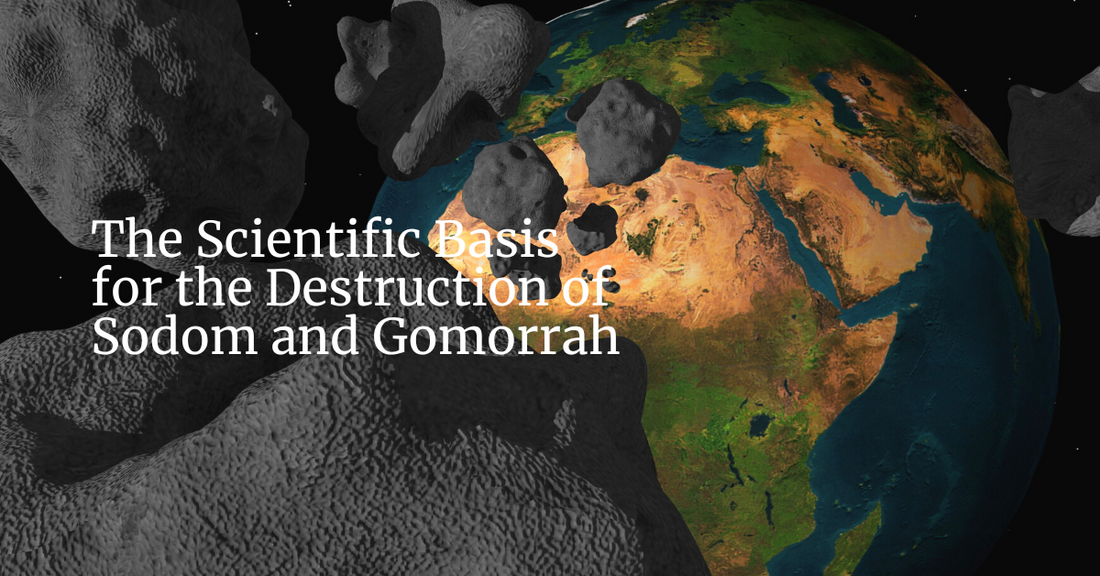
Sodom and Gomorrah: A Scientific Point of View
The story of Sodom and Gomorrah, two ancient cities that were destroyed in biblical times, has fascinated scholars and researchers for centuries.
While the biblical account attributes the destruction to the wickedness of the cities’ inhabitants and punishment from God, the scientific community has attempted to explain the event through interdisciplinary studies in geology, archaeology, and history.
Numerous theories have been proposed over the years to explain the cause of the cities’ destruction, and while no scientific consensus has been reached, ongoing research continues to shed new light on the ancient event.
The story of Sodom and Gomorrah is a well-known biblical account of the destruction of two ancient cities possibly located under or adjacent to the region between Israel and Jordan. According to the biblical narrative, the cities were destroyed by fire and brimstone as a punishment for the wickedness of their inhabitants.

A number of scientific theories have been put forward to explain the Biblical legend of Sodom and Gomorrah and to validate the ancient scripture story.
One theory is that the cities were destroyed by a volcanic eruption or earthquake. In the early 20th century, geologists proposed that the cities were located on the edge of a fault line and may have been destroyed by an earthquake. However, subsequent research has failed to find any evidence of seismic activity in the region around the time the cities were thought to have been destroyed.
Another theory is that the destruction was caused by a meteor or comet impact. Some researchers have suggested that the Tunguska event, a massive explosion that occurred in Siberia in 1908, was caused by a meteor that may have also impacted the Dead Sea region and caused the destruction of Sodom and Gomorrah. However, there is no evidence to support this theory.
A third theory, put forward by 1st century Roman historian Flavius Josephus, is that the cities were destroyed by a fire caused by natural gas emissions. The Dead Sea region is known for its abundant reserves of natural gas, and it has been suggested that a release of gas could have ignited and caused a massive fire that destroyed the cities. This theory is supported by archaeological evidence of burned structures and a layer of ash and sulfur found in the region.
The People Who Attempted to Explain the Destruction
In terms of the people behind the study of Sodom and Gomorrah, there are many researchers and scholars who have contributed to our understanding of the ancient cities and their destruction.
Some notable figures include William F. Albright, an American archaeologist who conducted early excavations in the region; Walter E. Rast and R. Thomas Schaub, who conducted extensive archaeological surveys of the area in the 1970s and 1980s; and Steven Collins, who has proposed a controversial theory that the city of Tall el-Hammam was the biblical city of Sodom.

William F. Albright (1891-1971) was an American archaeologist, biblical scholar, and linguist, widely recognized as one of the foremost authorities on ancient Near Eastern studies. He is particularly known for his contributions to the study of the ancient history and culture of Palestine and the broader region, and is often referred to as the “father of biblical archaeology”.
William F. Albright conducted some early investigations into the possible location of Sodom and Gomorrah, but he did not conduct a study specifically on the destruction of the cities.
Albright believed that the cities of Sodom and Gomorrah were located in the southern region of the Dead Sea, based on his interpretation of the biblical text and his analysis of the archaeological remains in the area. He also suggested that the cities may have been destroyed by a natural disaster, possibly an earthquake or a volcanic eruption.
Albright’s theories about the location of Sodom and Gomorrah have been influential in subsequent research, and many archaeologists and scholars have conducted excavations and surveys in the region to try to identify the cities and understand their history and culture. However, the cause of their destruction remains a topic of debate and scientific inquiry.
Furthermore, the theory that Sodom and Gomorrah were destroyed by a volcanic eruption or earthquake was first proposed by him and Melvin Kyle.

In their book “The Biblical Period from Abraham to Ezra: An Historical Survey” (1933), Albright and Kyle suggested that the cities may have been located on the edge of a fault line and could have been destroyed by an earthquake or volcanic eruption. This theory was based on their analysis of the biblical text and their understanding of the geological and tectonic features of the Dead Sea region.
However, subsequent research has failed to find any conclusive evidence to support this theory, and other explanations, such as a natural gas explosion, have been proposed. Nonetheless, Albright and Kyle’s theory was an influential early contribution to the scientific study of the destruction of Sodom and Gomorrah.

Walter E. Rast and R. Thomas Schaub were American archaeologists who conducted extensive research in the region of the Dead Sea in Jordan in the 1970s and 1980s.
They were particularly interested in the cities of Sodom and Gomorrah, and their research focused on the excavation and analysis of the cities of Bab edh-Dhra and Numeira, which were located near the southern end of the Dead Sea.
Rast and Schaub’s work contributed significantly to the understanding of the historical context of the destruction of the cities and shed light on the possible causes of their demise.

Steven Collins is an American archaeologist who has conducted extensive research on the biblical cities of Sodom and Gomorrah. He believes that the ancient city of Tall el-Hammam, located in modern-day Jordan, is the site of Sodom.
Collins began excavating Tall el-Hammam in 2005 and has since uncovered evidence that supports his theory. For example, he has found evidence of a massive explosion that destroyed the city around 1700 BC, which he believes was caused by a meteor or comet impact.
Collins also notes that Tall el-Hammam fits the description of Sodom given in the Bible, which describes it as a city located in the “Jordan Valley” and “well-watered” with “abundant vegetation” (Genesis 13:10).
In addition, the city was located along a major trade route and had a large population, which would have made it an important target for destruction.
However, not all scholars agree with Collins’ theory. Some argue that there is not enough evidence to conclusively identify Tall el-Hammam as Sodom, and that other nearby cities such as Bab edh-Dhra and Numeira could also be candidates.
Overall, while there is ongoing debate among scholars about the identification of Sodom and Gomorrah, Steven Collins’ work at Tall el-Hammam has contributed to our understanding of the ancient cities in the region and their possible fates.

Frederick Clapp was an American geologist who lived from 1913 to 1972. He was a professor at the University of Wisconsin-Madison and specialized in the study of sedimentology and stratigraphy, particularly in relation to the geology of the Middle East.
Clapp is known for his work on the Dead Sea region, where he conducted extensive research on the geology and tectonics of the area. He is particularly well-known for his theory that a release of subterranean bitumen during an earthquake may have been responsible for the destruction of the ancient cities of Sodom and Gomorrah.
Clapp’s work on the Dead Sea region has had a significant impact on our understanding of the geological history of the area and its relationship to ancient civilizations.
The ancient cities of Bab edh-Dhra and Numeira, which were the only inhabited towns in the Dead Sea region between 3000 BCE and 1000 BCE, may have been the locations of Sodom and Gomorrah respectively.
These cities were both destroyed at the end of the Early Bronze III period by a massive fire that left debris three feet thick.
The question remains, what could have caused such extensive destruction? Excavations in the area suggest that falling burning debris was the cause.
Geologist Frederick Clapp proposed that an earthquake may have caused a release of a subterranean substance called bitumen, a derivative of crude oil, which ignited in the air and rained down as flaming debris that destroyed both cities.

There is another theory that has sparked discussion among archaeologists regarding the destruction of Sodom and Gomorrah. It is based on a clay tablet from Assyria, which suggests that an asteroid may have caused the destruction of the two cities. The tablet was inscribed by a Sumerian astronomer around 700 BCE in Cuneiform script. It depicts the path of an asteroid that struck Kofels in Austria around 3000 BCE, which some researchers believe could also explain the destruction of Sodom and Gomorrah.

Flavius Josephus, a Jewish-Roman historian who lived in the first century CE, wrote about the destruction of Sodom and Gomorrah in his work “The Wars of the Jews”.
In this account, he describes the cities as being situated in a valley near the Dead Sea and suggests that the cause of their destruction was natural.
Josephus speculates that a natural gas leak may have occurred in the area, which could have been ignited by lightning or another natural spark, causing a massive fire that destroyed the cities.
He also notes that the area around the Dead Sea was prone to frequent earthquakes, and that seismic activity may have played a role in the cities’ destruction.
Josephus’ account of the destruction of Sodom and Gomorrah has been the subject of much debate among scholars. Some argue that his explanation of natural gas emissions and lightning strikes is plausible, given the geological features of the Dead Sea region. Others have pointed out that the theory does not account for the biblical accounts of the cities’ destruction, which describe the event as a divine punishment for the sins of the inhabitants.
The location of Sodom and Gomorrah remains uncertain, as no conclusive archaeological evidence has been found to identify their exact location. Several possible candidate sites have been proposed based on different interpretations of the biblical account and other historical and archaeological evidence.

These include Bab edh-Dhra in the southern part of the Dead Sea, Tall el-Hammam in the northern part of the Dead Sea, and Numeira on the eastern side of the Dead Sea, among others.
Ongoing research and excavation in the area may provide further insight into the location of Sodom and Gomorrah in the future.
A Few Pieces of Trivia Related to Sodom and Gomorrah
#1 The proposed site of Sodom and Gomorrah is near the Dead Sea, which is one of the saltiest bodies of water in the world, making it difficult for most aquatic life to survive.
#2 Scholars have suggested that the eruption of Mount Vesuvius in 79 AD, which destroyed the cities of Pompeii and Herculaneum in Italy, harkens back to the destruction of Sodom and Gomorrah.
#3 In Islamic tradition, Sodom and Gomorrah are known as “the cities of Lot”, and the Quran also recounts the story of their destruction.
#4 The term “sodomy” comes from Sodom and refers to sexual practices that were considered taboo throughout history.
#5 The story of Sodom and Gomorrah is often used as a metaphor for wickedness and depravity in popular culture, with references appearing in movies, books, and other forms of media.
Thoughts
In conclusion, the scientific basis for the destruction of Sodom and Gomorrah remains a topic of debate among scholars and scientists.
While some suggest that a release of bitumen during an earthquake led to a shower of flaming debris that destroyed both cities, others believe that an asteroid impact may have caused the destruction.
Despite the lack of a definitive answer, the ongoing research and exploration in the area provide us with valuable insights into the history of the region and the possible causes of ancient disasters.
The scientific investigation of Biblical events continues to intrigue and fascinate people, inspiring further study and analysis.
What are your thoughts on the scientific basis for the destruction of Sodom and Gomorrah?
We’d love to hear your comments below.
Please visit www.wisdombegun.com/genesis for more thought-provoking discussions on the Book of Genesis plus free downloads and presentations about the Genesis story - ideal for use at Bible Study groups or Sunday school lessons..
Thanks for joining us today!
For daily inspiration on God’s word, please like and follow our Facebook page and YouTube channel.
Wisdom Begun. God’s words delivered daily.
Image attribution file:
No comments
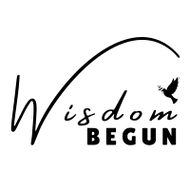

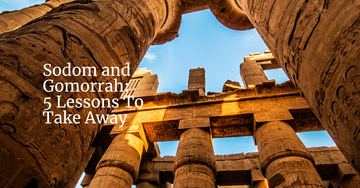
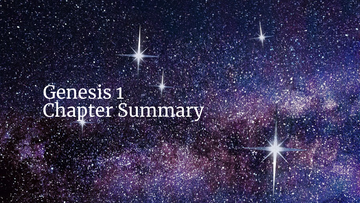
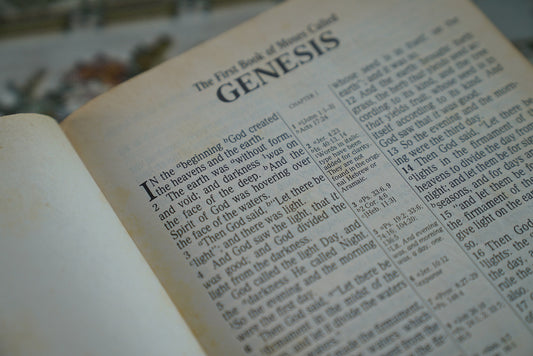
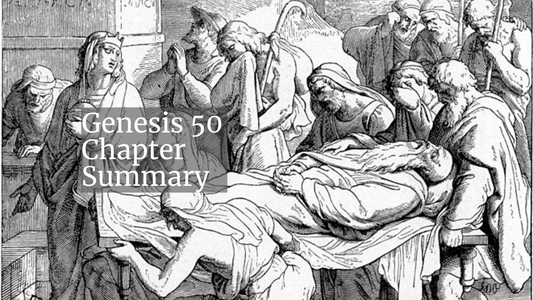
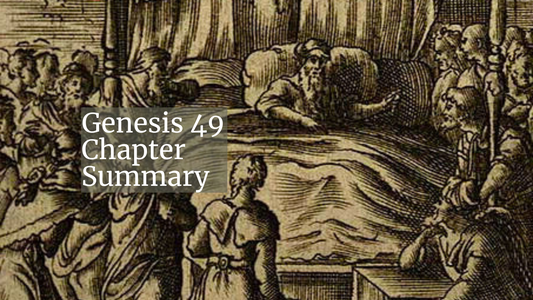
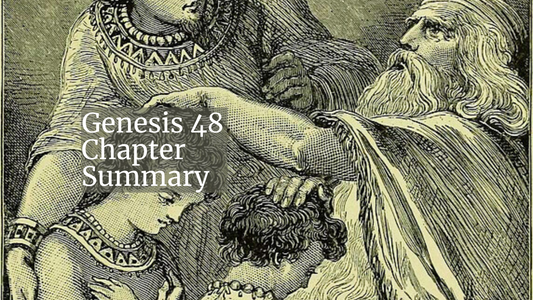
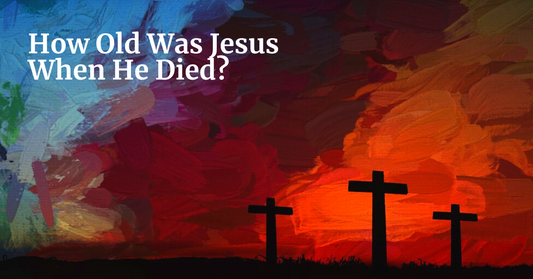
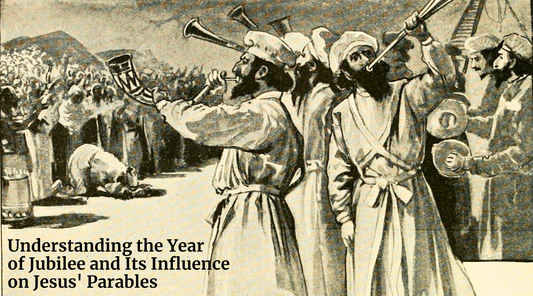

0 comments